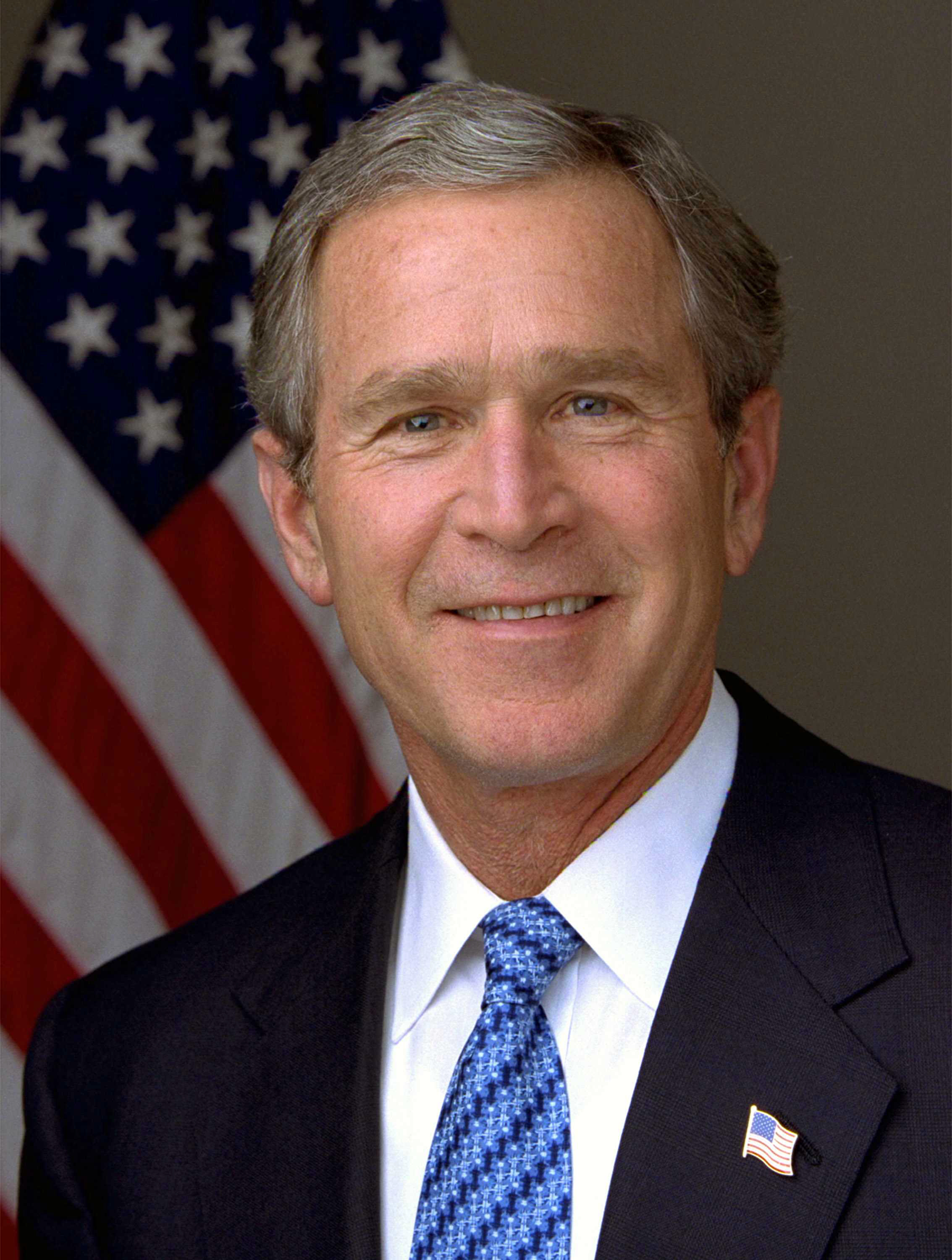Troubled Asset Relief Program (U.S.)
Enlarge text Shrink text- Troubled Asset Relief Program, 2008:p. 2 of pdf file (Troubled Asset Relief Program; TARP; authorized Oct. 3, 2008 by the Emergency Economic Stabilization Act)
The Troubled Asset Relief Program (TARP) is a program of the United States government to purchase toxic assets and equity from financial institutions to strengthen its financial sector that was passed by Congress and signed into law by President George W. Bush. It was a component of the government's measures in 2009 to address the subprime mortgage crisis. The TARP originally authorized expenditures of $700 billion. The Emergency Economic Stabilization Act of 2008 created the TARP. The Dodd–Frank Wall Street Reform and Consumer Protection Act, signed into law in 2010, reduced the amount authorized to $475 billion (approximately $648 billion in 2023). By October 11, 2012, the Congressional Budget Office (CBO) stated that total disbursements would be $431 billion, and estimated the total cost, including grants for mortgage programs that have not yet been made, would be $24 billion. On December 19, 2014, the U.S. Treasury sold its remaining holdings of Ally Financial, essentially ending the program. Through the Treasury, the US Government actually booked $15.3 billion in profit, as it earned $441.7 billion on the $426.4 billion invested.
Read more on Wikipedia >
 Corporate Body
Corporate Body



